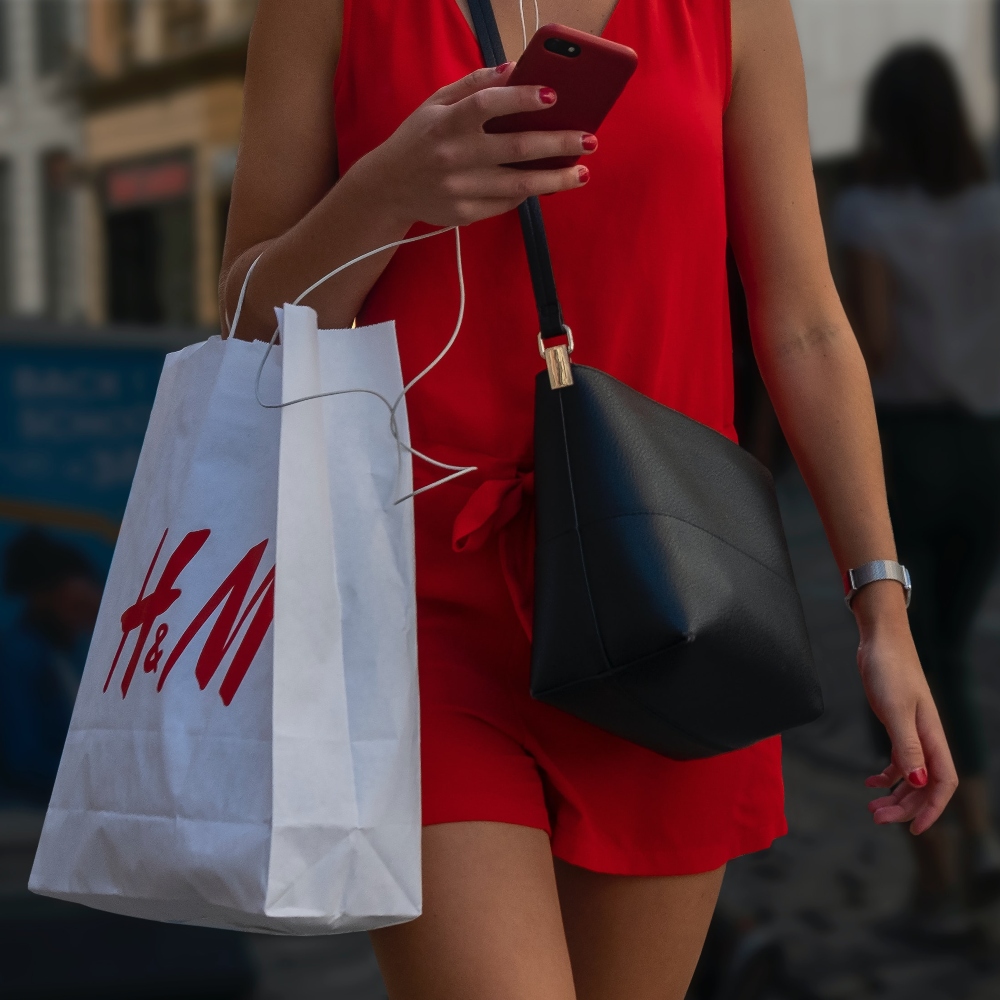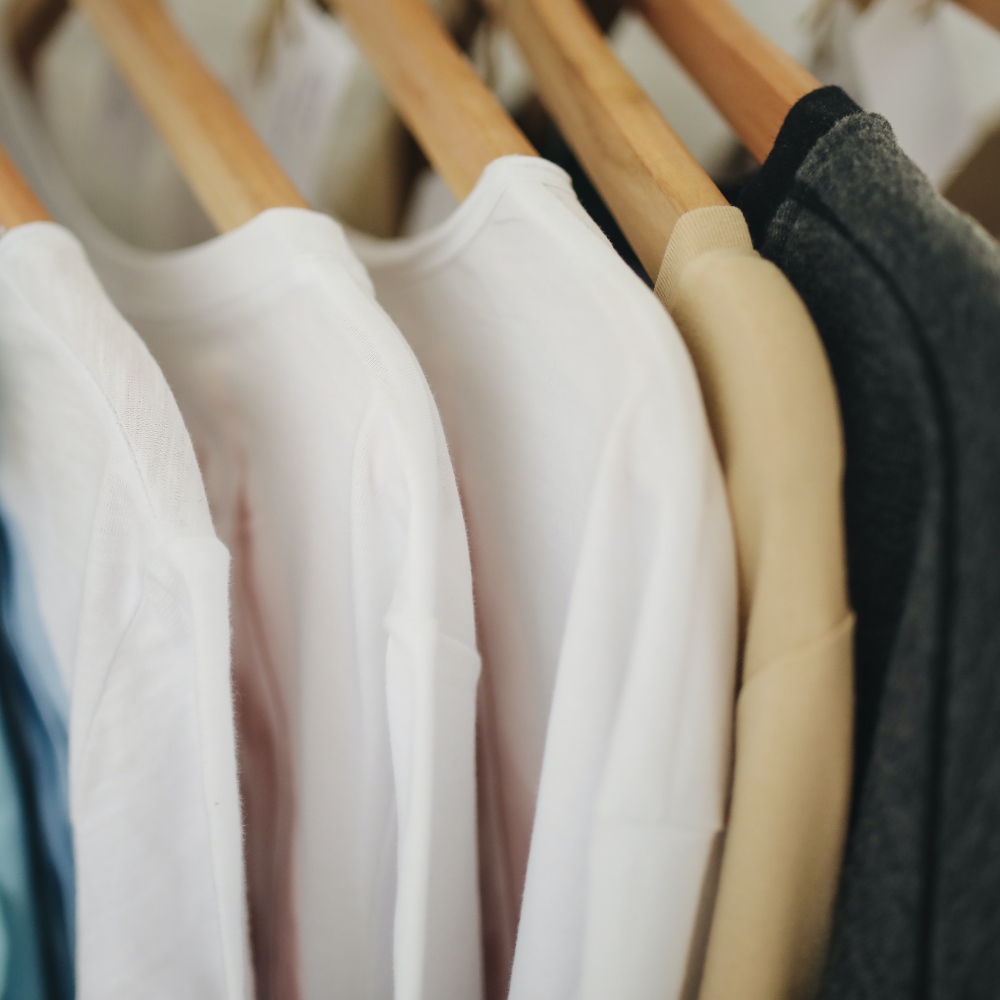12 Mins Read
Greenwashing has become ubiquitous, especially on social media. But how can well-meaning netizens stay on top of what greenwashing is and what it isn’t? Below, a guide to greenwashing: what is it, how to spot it, and how to avoid it.
Most hotel bathrooms have a sign asking you to reuse your towels. Generally, they will include something about “saving the planet.” But, while it’s true that less laundry means less energy and water use and can undoubtedly benefit the environment, the situation is not so straightforward.
According to the Sustainable Hospitality Alliance, hotels around the world contribute significantly to water stress. They can use around 1,500 liters of water, per room, per day. And solving this major problem is bigger than any one individual action; it requires a major industry overhaul. But, if an unsuspecting customer wasn’t informed regarding these issues, this little sign might give them the impression that the hotel is doing more to help the environment than it actually is.
This is precisely why, in 1986, after reading one of these hotel signs, ecologist Jay Westerveld coined the term “greenwashing” for the very first time. He suspected that reusing towels was less about saving the environment and more about saving laundry costs, so he felt the message was misleading to customers.
Today, greenwashing is more common than ever, and it’s not just in the hotel industry—far from it. Just last month, activist Greta Thunberg used the term in reference to fast-fashion brands. And practically every industry in the world is capable of it. Here, we take a closer look at what greenwashing means, how to spot it, and what is being done to regulate it.
What does greenwashing mean?
Despite the fact it was first used back in the 1980s, it was only in 2022 that the Merriam-Webster dictionary formally added the word “greenwashing” to its pages. The definition, it notes, is “to make (something, such as a product, policy, or practice) appear to be more environmentally friendly or less environmentally damaging than it really is.”
Greenwashing usually involves vague terms or phrases. For example, a brand might say its product features “more recycled materials” without offering any explanation as to what these materials are, how many are used, or how many they used previously. This is done intentionally, in order to glaze over the finer, more-revealing details, in order to, as Merriam-Webster describes, make its product seem better for the planet than it actually is.
How to spot greenwashing
Greenwashing is not always easy to spot, but there are a few tell-tale signs. Vague language is one of the main indicators. “Eco-friendly,” for example, has no legal definition, and neither do many other terms like “natural” or “organic.” Sometimes greenwashing includes imagery. For example, farm animals are shown roaming in green fields on meat or dairy packaging, when, in reality, most are raised on exploitative and pollutive factory farms.
One way to know when a brand is really walking the walk, instead of just talking the talk, is through certifications. If you spot a stamp of approval on a product, you can research the certification to see what it means and how robust it is.
For example, a B Corp certification means a brand has had to demonstrate and prove that it meets high standards in terms of social and environmental performance. Further, the Global Organic Textile Standard is the leading organic certification in the world, and to achieve it, brands must prove a garment consists of at least 95 percent natural fibers. And, while it’s easy for companies to make vague promises and pledges about reducing emissions, a Climate Neutral badge means that the brand is actually being held accountable to these.
But greenwashing doesn’t always happen on product labels. A lot of the time, it happens on social media too, and it’s often incredibly subtle. So here are five things to look out for while scrolling.
1. Product misrepresentation
Major corporations are often big polluters. But it doesn’t always appear that way, especially if you take platforms like Instagram at face value. Take PepsiCo, for example. If you glance through Pepsi’s Instagram, for the most part, you’ll only see the brand promoting its more sustainable packaging options, like cans and glass bottles. (And even encouraging consumers to drink out of them with reusable straws.) In the last few years, the only plastic bottles that have appeared on Pepsi’s Instagram were in campaigns that advertise recycling.
But this isn’t a representation of Pepsi’s reality. It’s estimated that the company is responsible for producing around 137,000 tons of plastic waste every year, and it has been consistently named as one of the world’s worst plastic polluters. This is not to say it’s bad that Pepsi isn’t pushing plastic use on its social media, but it is passively presenting the image that the majority of its packaging is more sustainable than it actually is.
PepsiCo previously pledged to work towards 100 percent recycled plastic in its bottles, but this progress was impacted earlier this year due to alleged supply issues.
2. Use of “earthy” and “natural” imagery
Many brands will choose to promote products with nature-focused images that may give the impression their products are more environmentally-friendly than they actually are. Take Zara, for example, which is one of the world’s biggest fast-fashion brands.
In recent months, it has chosen to promote some of its collections with imagery that depicts its clothes at one with nature. Its Nordic Wanderers kids collection campaign, for example, shows children holding sheep, trekking through the mountains, and playing outside against a backdrop of stunning natural beauty. The caption reads: “A selection of garments and accessories designed to be worn in nature, ensuring a new season full of fun and adventures.”
But like all other fast-fashion brands, Zara is part of an industry that promotes the overproduction and overconsumption of clothes. The industry is incredibly wasteful, which isn’t good for nature at all. Due to the number of clothes they produce, fast fashion brands consistently perpetuate the idea that garments are disposable. Because of this, landfills are laden with clothes, most of which are made with plastic-derived synthetics, like nylon and polyester, which do not biodegrade.
3. Buzzwords
Buzzwords are another tell-tale sign that a company may be greenwashing on social media. Just like in regular marketing campaigns, many brands use words like “natural,” “clean,” “green,” or “eco” to advertise their products on Instagram, Facebook, or YouTube. But while they sound responsible or sustainable, without any further explanation as to why something is “eco” or “green,” these terms are nothing but buzzwords, designed to grab your attention and encourage you to buy.
4. Unverified logos
Sometimes, brands also rely on the use of logos to convince you their product is good for the planet or the animals. The use of a bunny, for example, is associated with Cruelty Free International’s Leaping Bunny scheme, which is used to certify if a product is legitimately free of animal testing. But brands have been known to promote products with the use of a different bunny image, in order to give the impression their product has been certified when, in reality, it hasn’t been. Other examples are leaf or tree icons, which imply a product is sustainable or vegan, but, often, they don’t come complete with a credible certification to back up that implication.
5. Lack of supporting data
Finally, a lack of supporting evidence is a dead greenwashing giveaway. If a brand is making a sweeping statement about sustainability or being “green” or “eco-friendly” on social media without supporting data, then it’s likely it is greenwashing. Big sustainability claims or pledges from brands should always be supported by concrete evidence, or they should be treated with a healthy dose of skepticism.
If you come across any of these issues on social media, the answer is to do your own research. When a brand is making sustainability claims, look at its website for further evidence to back up these claims, but also take note of its other social posts. If a fast-fashion brand is following up a “green” post with an advert for a flash sale, for example, it’s likely not taking its sustainability commitments seriously.

Greenwashing examples
To help you weed out greenwashing in the future, here are a few examples of brands that have been caught out in the past. But, it’s important to remember, they’re far from alone, and greenwashing can happen across industries, from beauty to food to fashion to travel.
1. Innocent Drinks
Earlier this year, Innocent Drinks—a smoothie and juice brand owned by The Coca-Cola Company—was on the receiving end of greenwashing accusations when one of its adverts claimed that buying its beverages could help to save the planet. The company’s CEO, Douglas Lamont, claimed that the commercial was an opportunity for the brand to talk about “the many fantastic initiatives within the company,” which include carbon reduction, recycling, sustainable farming, “and helping people and communities.”
However, because Innocent Drinks are packaged in single-use plastic, and the brand’s parent company, Coca-Cola, is one of the worst plastic polluters in the world, activists accused the company of greenwashing. The UK’s Advertising Standards Authority ruled in their favor, and pulled the “misleading” advert from TV for a “breach of advertising code.”
2. RyanAir
In 2020, Irish budget airline RyanAir also got its advert banned due to accusations of greenwashing. The campaign claimed that Ryanair had the “lowest emissions of any major airline” and it was also “Europe’s lowest emissions airline.” But the data used to back up the statement was from 2011, plus, according to the Advertising Standards Authority, it did not appear to cover all well-known airlines.
Ultimately, the advert was pulled for a lack of supporting evidence and for misleading the public. A spokesperson for the authority said: “We told Ryanair to ensure that when making environmental claims they held adequate evidence to substantiate them and to ensure that the basis of those claims was made clear.”
3. H&M
H&M’s alleged greenwashing has got it in far more trouble than a banned advert. The fast-fashion giant has faced not one, but two lawsuits over misleading and deceiving claims around its supposedly environmentally-friendly “conscious” collections.
Like many fast-fashion brands, H&M has released new clothing in the last few years, which, it claims, is better for the environment due to its inclusion of fabrics like recycled synthetics. (These are usually made from old plastic bottles but are not easy to recycle again once made into clothing, and so often end up as waste.) The most recent lawsuit against the corporation states the brand’s marketing of these garments is “highly problematic.”
The filing reads: “This method of ‘green’ marketing does not address the fundamental issue of perpetuating disposable solutions and over-consumption of natural resources. Indeed, these strategies encourage consumers to buy more clothes or throw away garments sooner, in the belief they can be recycled in some magic machine.”

4. McDonald’s
Last year, McDonald’s opened what it claimed was its “first net zero” restaurant in England. And while the restaurant was more sustainable than other locations, due to the fact it was powered with renewable energy and the furniture and cladding featured recycled materials, the fast food giant still found itself on the receiving end of greenwashing accusations.
Activists took issue with the fact that McDonald’s is one of the meat industry’s biggest customers, and the sector is notorious for its detrimental impact on the environment. At the time, Anna Jones, Greenpeace UK’s head of food and forest, said in a statement: “If meat and dairy are still the main courses on McDonald’s menu, then this new restaurant initiative can only be labeled as it is: McGreenwash.”
5. BP
In the summer of 2022, BP, which is one of the world’s largest oil and gas companies, was accused of greenwashing after it spent more than £800,000 on advertisements promoting green energy investments.
But the corporation failed to disclose that, while it is making moves into cleaner energy, it is still actively opening new oil and gas fields. Greenpeace UK’s chief scientist told the Guardian: “BP is presenting themselves as offering green solutions that are good for the UK, but these investments are dwarfed by how much money they’re funneling into fossil fuels.”
Are there anti-greenwashing laws?
Around the world, countries are trying to crack down on greenwashing. Regulatory bodies, like the UK’s Competition and Markets Authority (CMA) and the US Federal Trade Commission (FTC), can investigate brands for making misleading environmental claims in campaigns and commercials, and even take legal action.
In the US, the FTC has a set of Green Guides, which aim to help marketers avoid making misleading environmental claims. If it suspects greenwashing, the commission can take legal action. In April 2022, both Kohl’s and Walmart were forced to pay financial penalties after they were accused of making false environmental marketing claims and mislabeling rayon as bamboo.
At the time, Samuel Levine, the FTC’s director of the Bureau of Consumer Protection, said: “False environmental claims harm both consumers and honest businesses, and companies that greenwash can expect to pay a price.”
In the UK, in 2021, the CMA introduced the Green Claims Code to also try and help businesses with environmental claims in advertising. The move came after, alongside the Netherlands’ Authority for Consumers and Markets, it conducted a website sweep with the International Consumer Protection Enforcement Network, a global network of consumer protection authorities. It found that 40 percent of online green claims could potentially be misleading.
The following year, in July, the CMA started investigating ASOS, Boohoo, and Asda over potentially deceptive environmental claims regarding “sustainable” fashion. Sarah Cardell, the interim chief executive of CMA, confirmed: “Should we find these companies are using misleading eco claims, we won’t hesitate to take enforcement action – through the courts if necessary,” before warning: “This is just the start of our work in this sector and all fashion companies should take note.”
“False environmental claims harm both consumers and honest businesses.”
Samuel Levine, the FTC’s director of the Bureau of Consumer Protection

Elsewhere, in India, for example, new rules were introduced earlier this year requiring companies to submit detailed emissions data every year to improve transparency and reduce corporate greenwashing. And last year, in Hong Kong, Tim Lui, the chairman of the Securities and Future Commission, revealed that the regulator was looking to adopt global ESG standards to help prevent greenwashing in the financial sector.
Further, in March, the EU Commission proposed a ban on brands making generic or vague claims about the environment if they cannot be sufficiently backed up. The commission is also preparing to specifically address greenwashing around carbon offsets. Often businesses will buy credits with offset projects (like tree planting initiatives) and claim carbon neutrality. But many experts maintain these are misleading and do not actually cancel out emissions. So with the new EU initiative, brands will reportedly have to follow a Product Environmental Footprint calculation method, which does not allow carbon credits from offsetting projects.
But while governments scramble to get greenwashing under control, it’s important to remember that, right now, as consumers, we are not powerless. If a brand is making an environmental claim, look for data, evidence, and certifications, and if it can’t be backed up, consider walking away from that purchase and finding a more credible alternative.
Lead image courtesy of Unsplash.




